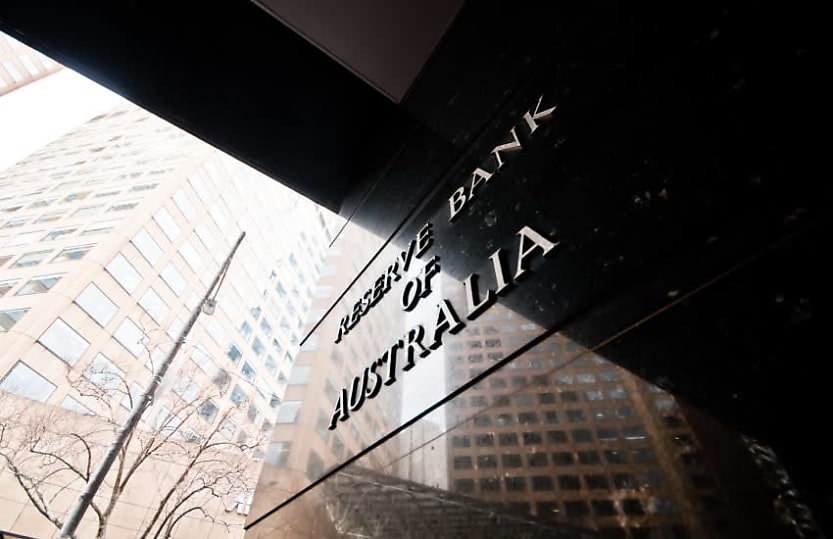RBA meeting minutes highlight ‘cautious and gradual’ rate cut approach

The central bank's July meeting minutes revealed that a sense of caution and desire to wait for more economic data underpinned its shock decision to hold interest rates.
On July 8, the RBA shocked economists and investors when it held the cash rate at 3.85 per cent, after markets priced in a 97 per cent chance of a cut and most economists predicted that conditions were favourable for another cut.
Minutes from the board’s 7-8 July meeting underscored that its discussion had mostly related to when, and not if, another rate cut would be appropriate.
“All members agreed that, based on the information currently available, the outlook was for underlying inflation to decline further in year-ended terms, warranting some additional reduction in interest rates over time,” meeting minutes read.
“The focus at this meeting was on the appropriate timing and extent of further easing, against the backdrop of heightened uncertainty.”
The discussion suggested that the RBA was committed to a cautious, gradual approach to rate cuts and would likely wait for quarterly inflation data, due 30 July, before it opted to cut interest rates again.
The board acknowledged that significant global uncertainty, most prominently relating to tariffs, geopolitical tensions and long-run fiscal sustainability in a number of advanced economies, could weigh on domestic and international growth.
Given international uncertainty and weak domestic GDP readings in early 2025, a minority of board members voted to cut interest rates.
“These members placed more weight on downside risks to the economic outlook – stemming from a likely slowing in growth abroad and from the subdued pace of GDP growth in Australia,” meeting minutes read.
However, the majority of board members voted to wait for stronger economic data, including quarterly inflation ratings, additional labour market data and global economic developments, before making another cash rate cut.
The board added that a number of economic indicators were stronger than anticipated, including growth in private demand and ongoing resilience in the labour market.
“Several indicators had been in line with, or even slightly stronger than, staff projections, pointing to the benefit of waiting for a little more information to confirm that inflation remains on track to be at 2.5 per cent on a sustainable basis,” meeting minutes read.
“[Members] believed that lowering the cash rate a third time within the space of four meetings would be unlikely to be consistent with the strategy of easing monetary policy in a cautious and gradual manner.”
About the author

